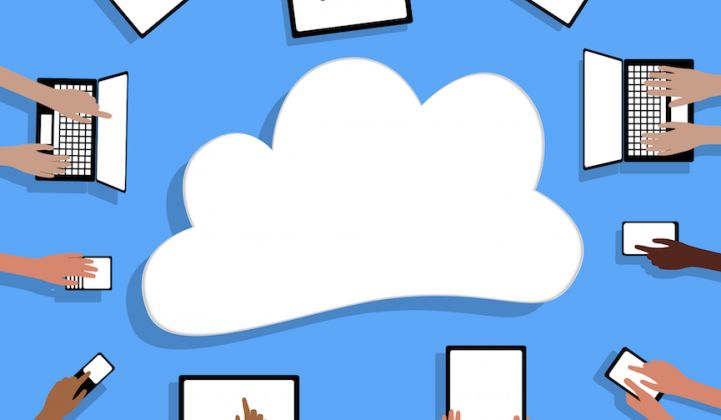It’s impossible to predict the future. Technology is constantly changing, and any technology ecosystem -- from a utility to a mobile carrier -- has to be prepared to transform quickly as new products and platforms enter the market.
That challenge is what the utility industry faces today in the "bring your own device" (BYOD) era.
BYOD was born in the enterprise mobile industry, where BlackBerry dominated for many years. Then came iPhone and Android, creating a diverse range of mobile devices for employees. Workplaces reconfigured their servers, platforms and policies so that they worked effectively and securely across a range of mobile devices. Employees got to use their favorite devices, while businesses benefited from more productive, plugged-in workers.
The utility market is about to undergo the same kind of transformation. The smart-home device market is projected to double in the next two years. Smart thermostats from Nest and ecobee have become objects of desire; the Philips Hue connected light bulb is sold in the Apple store; and Tesla car sales have soared 50 percent over a year ago. (Yes, we’re counting electric cars as home energy devices, as they can be essential components of residential demand response and time-of-use programs.)
Utilities have begun to capitalize on this wave of new smart-home devices to achieve greater visibility into customer energy usage patterns, manage demand response, and drive participation in demand-side management programs.
Leveraging the secure networks that utilities have invested in and deployed, the industry has the opportunity to blend the best of the consumer-driven BYOD movement with secure and stable infrastructure managed and utilized by utilities. However, there is a mismatch between the speed of consumer-driven product adoption and the industry’s ability to “certify” these innovations.
We know that consumers won’t wait for utilities to endorse the latest smart device -- they’ll get what they want today and the industry will need to seize the opportunity created by the BYOD movement.
Utilities tend to overemphasize the need for future-proofing. It’s tempting to think there may be one home energy management device that withstands the test of time. But if history is any guide, it’s far more likely that today's smart thermostats, plugs and energy monitors will go out of fashion as quickly as they came in. Today’s Nest could be tomorrow’s BlackBerry.
To build the grid of the future, utilities must adopt a BYOD mentality that ensures legacy technology systems and smart meter networks work with the gadget du jour. Interoperability, flexibility and choice are paramount. Devices must work flawlessly across today’s Green Button, HAN, ZigBee, OpenADR and Wi-Fi standards -- as well as standards that haven’t been invented yet.
Adopting a BYOD approach has additional benefits. First and foremost, all devices connect with the smart grid, which means that utilities can run many more programs with many more customers. And utilities essentially get a free infrastructure, paid for by the customers.
Furthermore, enabling consumers to bring their own device helps build a consumer-friendly brand, demonstrating a commitment to providing a hassle-free approach to helping customers save money. And survey after survey shows that engaged customers are better customers, helping utilities more effectively achieve goals, reduce operational costs and thrive over the long haul.
A few utilities are leading the way. Under the platform that San Diego Gas & Electric (SDG&E) has rolled out, customers can connect a range of preapproved energy devices to SDG&E’s smart meter network. Customers gain instant visibility into their energy usage while retaining convenience, control or comfort.
At the same time, SDG&E maintains a digital touch point with its customers and can better target them for more efficient demand response and energy efficiency programs. It’s a classic win-win.
Devices will come and go, but exceptional experiences keep consumers coming back. BYOD is critical to helping utilities expand their infrastructure, deepen customer relationships and run better programs. This new era of flexibility and interoperability will be key to unleashing the power of the smart grid today and in the unpredictable future.
***
Wannie Park is Vice President of Strategic Partnerships at CEIVA Energy, a provider of in-home displays for programs recently launched by Champion Energy and NEC Retail with LITE-UP Texas.



